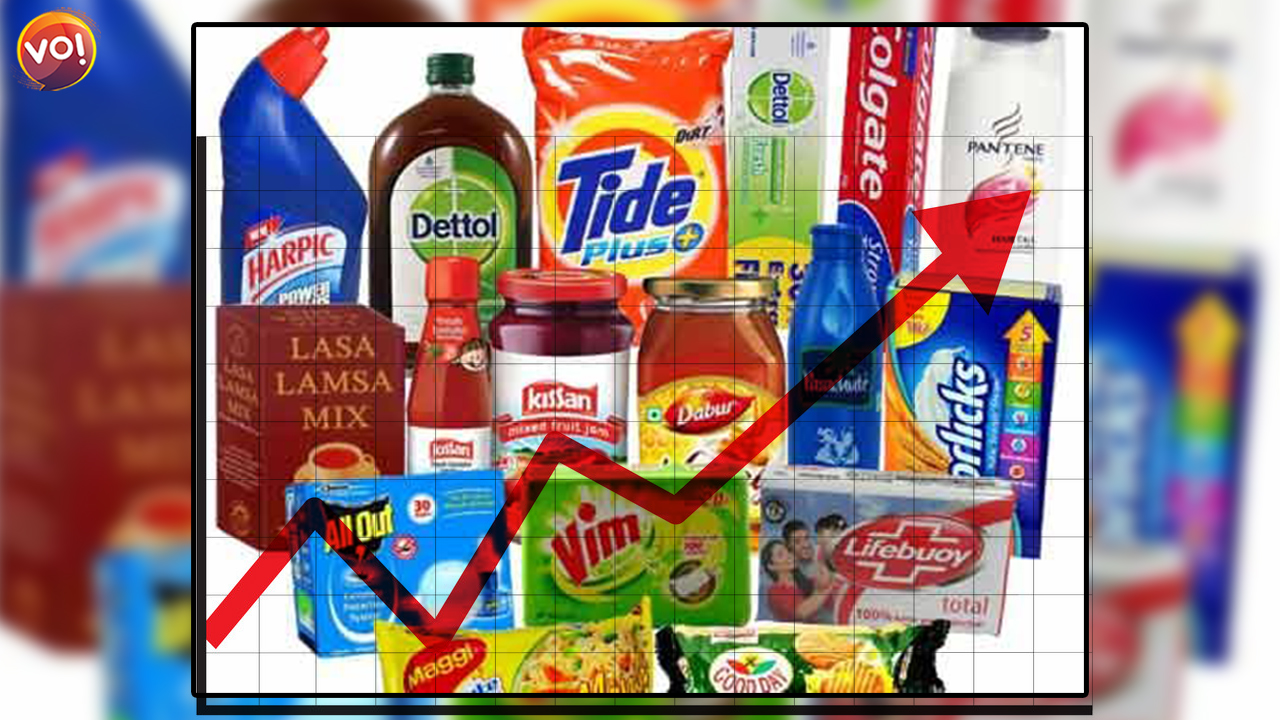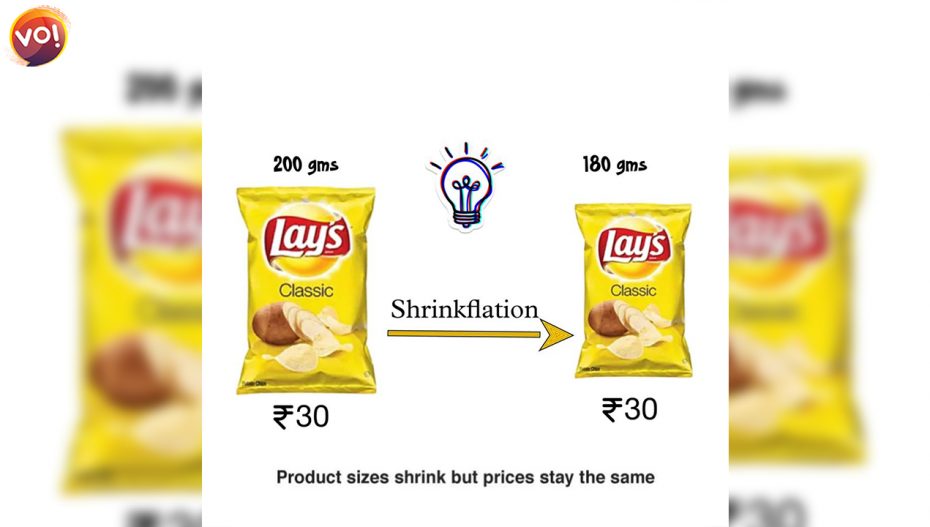Grocery bills for an average middle class or even upper middle-class family has seen a huge rise. What could be amassed for a Rs 3,000 departmental store jaunt, now touches the Rs 5,000 range. Surprising, however, is that it does not last that long. Despite all prudence, bordering even on a skimpy use of say the toothpaste, shampoo and moisturiser or in the kitchen, salt, spices and edible oil, fast moving consumer goods (FMCG) just do not last that long anymore!!
From Maggi to Vim bar, FMCGs are getting smaller. Prices have increased and the net purchase has indeed shrunk. Chips, cola, detergent and namkeen are on a diminishing returns trend. All thanks to “shrinkflation.”
Going forward, however, companies will no longer be able to covertly reduce grammage. A March notification issued by the Ministry of Consumer Affairs makes it mandatory for companies to display prices per gram, per kilogram, per millilitre and per litre starting October.
Across the FMCG sector, brands have slashed grammage (quantity per pack) or introduced lighter packaging in order to cut down costs even as inflation soars. Most of these business decisions were introduced earlier this year. The belief is that consumers are unlikely to notice small changes and will continue buying the product, ignorant of the fact that they’re effectively paying more for less.
“Lahori Zeera, which was launched in 2020 has reduced its grammage from 200 ml to 160 ml. A small bottle of Thums Up and Coca-Cola have also been reduced from 250 ml to 200 ml now,” states a local kirana shop owner. According to data shared by Dhairyashil Patil, national president of AICPDF (All India Consumer Products Distributors Federation), a Rs 10 packet of Parle-G biscuits now weighs 110 grams instead of 140 grams. Just when the weight reduction was introduced is not clear, but he recalls that it’s a recent development—around the last quarter of financial year 2021-22.

The same is true for soap brands. The weight of a Vim bar has been reduced from 65 to 60 grams. A 115-gram packet of Wheel detergent powder now weighs 110 grams, while a 150 gm bar of Rin is now 140 gms. These small reductions, which often go unnoticed by consumers, help companies transport more inventory at the same cost.
Size reduction typically happens in the lower unit packs, where price sensitivity is higher. Grammage reduction per pack is used to bring down input costs and maintain reasonable price points. But this reduction can’t be huge. You can decrease the weight of something from 50 gms to 40 gms but can’t slash it to 25 gms.
In price-sensitive markets such as India, where a consumer refuses to buy a product if the price increases even marginally, cost-cutting is the easiest way for companies to keep price points profitable.
Also Read: India’s Higher Inflation Numbers Forces Companies Towards Shrinkflation













